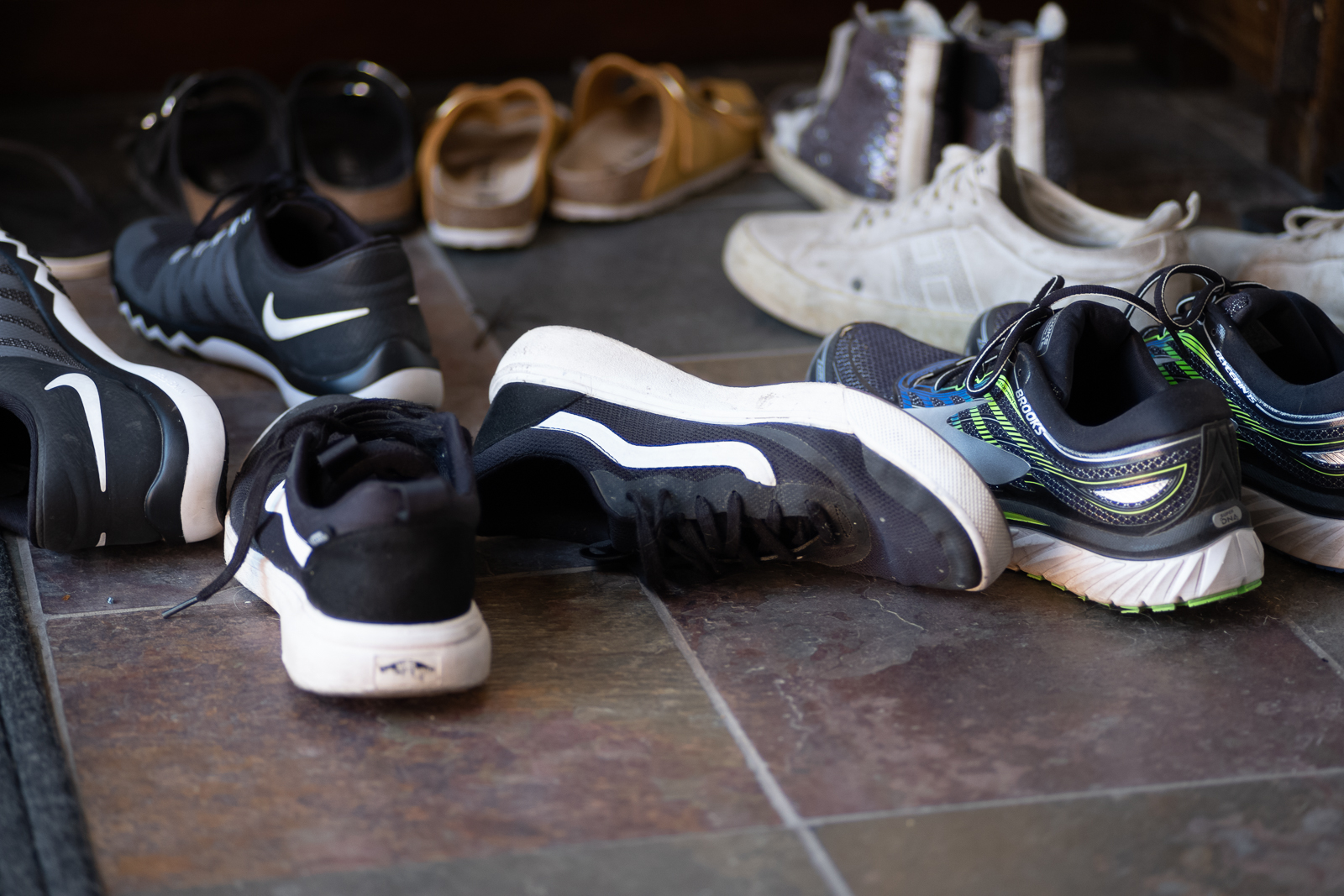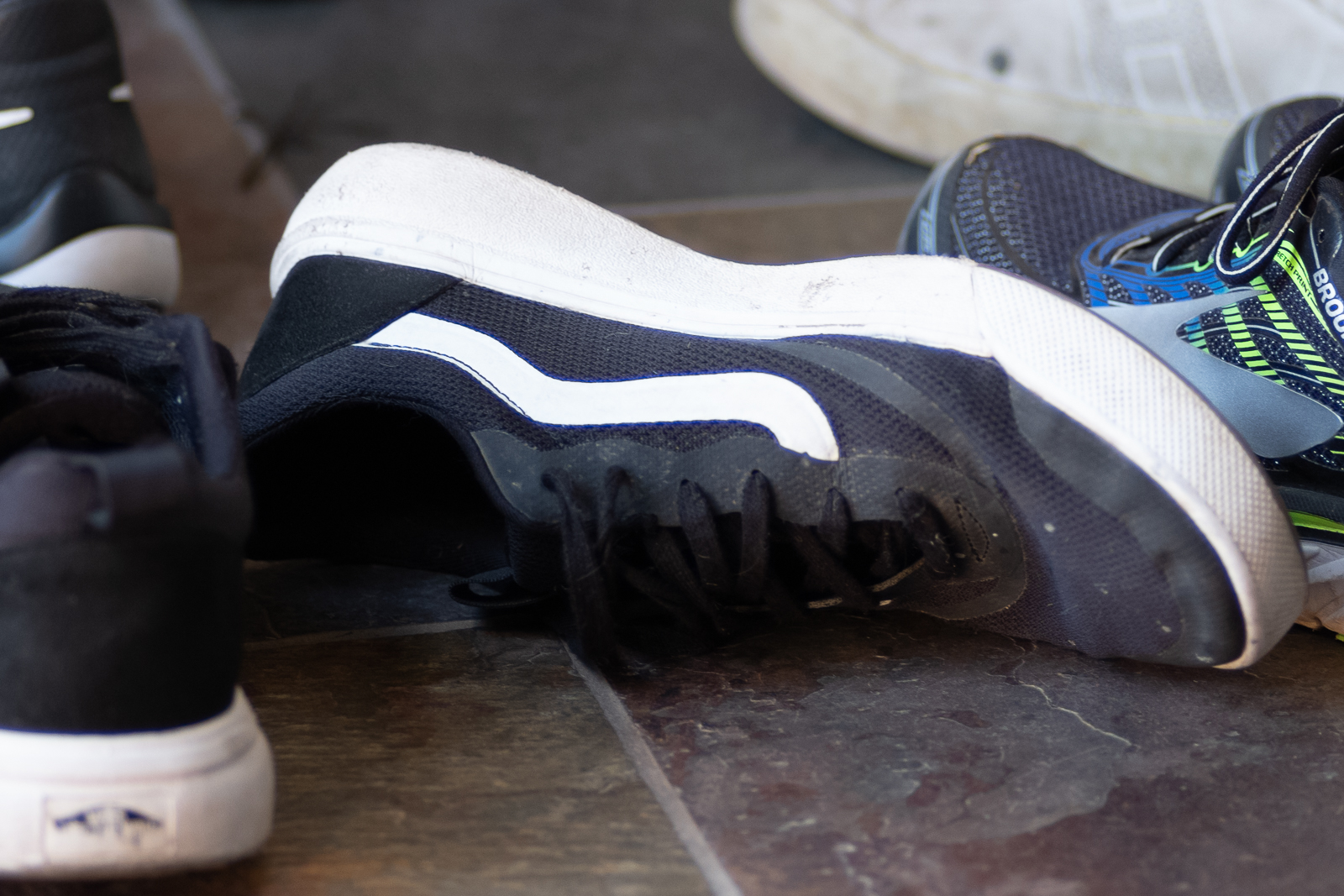In 1999, Konica released the Hexar RF rangefinder camera. The RF line was discontinued in 2003. Konica used a proprietary KM-mount for their camera and lenses. As my blurry images with attest, the Konica KM-mount is kind of sort of like the Leica M mount, Leica lenses will fit on a KM mount camera, Konica KM mount lenses will fit on a Konica camera, but these camera mounts are not the same and the lenses are not interchangeable. In my experience, Konica M-Hexanon lenses will not focus properly on a Leica M10 rangefinder. I don’t care what they tell you in the forums.
Below f/4 the rangefinder coupling/focusing issue yields unusable images. If my blurry images are not enough proof, maybe you will trust an expert. One of the big Leica repair folks (1) responded with the following when I asked if this person could recalibrate the Konica M-hexanon 90mm to my Leica M10:
“This is impossible since the Konica Hexanon lens has a slightly different cam than Leica M. This lens was not designed for a Leica M camera.”
This leaves me dumbfounded as to why the Konica M-hexanon lenses are so often recommended in camera forums and websites to be used on Leica cameras. I have no good answer to that question but I have to assume that the guys (2) either don’t really use the lenses they recommend, they are using super-fast film and can’t tell that the images are blurry, they are half-blind with anisometropia, or they shoot at f/4 or above. For the record, above f/4, even with the back focusing, the images are useable.
Not to be deterred by another bad recommendation in the camera forums, I was going to try to make this work. I figured if I could assess how much the lens was back focusing and I could just back focus a little bit on purpose and make it work. After about 10 minutes of this nonsense, I smacked myself back to reality. It is hard enough to try to focus a 90mm lens with a rangefinder, nobody should be playing around and trying to game the rangefinder system by purposefully back focusing a lens. That was a stupid waste of 10 minutes of my life. Please save yourself some time and don’t do the stupid things I do.
For those of you who might be researching this lens and are looking for something to adapt to a mirrorless camera, the review is not over. I went ahead and rigged the lens up to my Panasonic S1 and continued for a few more minutes. Because I had already decided that I was not going to keep the lens and wanted to be respectful to KEH (3). I spent very little time with the lens. I didn’t even take it out of my house. Given my short time with the lens, the rest of this review should be taken with a massive grain of salt. All of that said, even though it is almost irresponsible to comment on this lens because I spent so little time with it, I am going to walk the line of irresponsibility because I did learn a thing or two that you might find interesting.
On garden gnomes and parked cars
The main reason I was playing around with purposefully back focusing this lens was because when I pulled it out of the box, I said to myself, “Whoa. I really hope this works. This telescoping lens hood is pretty sweet. This lens is nice. Please work. Please work. Please work.”
Alas, it didn’t work at all but if you were going to be using this lens adapted to a mirrorless camera, you don’t care about rangefinder coupling to a Leica, or you have a Konica Hexar RF camera, the lens feels pretty sweet.
In the short time I had with the lens I found zero use ability issues with the Konica m-Hexanon 90mm f/2.8 lens
Does it have SOUL?
Kids. Listen up. The 80’s were kak. Steaming pile. No joke. Stop with the throwbacks. The cable box was attached to a cable. When we were sick and home from school all we had to watch were crummy game shows like Jokers Wild and Press Your Luck followed by black and white reruns of Gilligans Island. Cartoons were relegated to Saturday morning for like 3 hours. Our parents also didn’t know how to entertain us. When we weren’t outside breaking bones, skitching, and throwing each other off hilltops packed into refrigerator boxes (4), our parents were playing us records with compilations of crappy novelty songs from the 1960’s including hits like Alley Oop, Monster Mash, Itsy Bitsy Teenie Weenie Yellow Polka Dot Bikini, Surfin Bird, and Flying Purple People Eater. We are forever scarred by the refrigerator boxes, those records, and especially that awful Purple People Eater song. Perhaps that is why we terrorized our kids with another purple horrorshow and gave them Barney the naked purple dinosaur. The Konica 90mm f/2.8 brings back the purple horror of my childhood likely the childhood of everyone who was terrorized by Barney.
Ignoring the concepts of gender fluidity, nonbinary genders, or genderqueer, guys (2) in photo forums often refer to their camera as female and say things like “I took her out for a walk today.” These men also refer to lenses with nicknames like “bokeh monster,” or “King of Bokeh.” I would like to join the nickname bandwagon and permanently bestow this lens the nickname “Barney” because it turns everything purple. Moreover, even though the actor who played Barney is now a tantric sex therapist (5), Barney has no gender so we can get with 2020 and stop calling lenses she.
I dont generally get worked up about fringing and chromatic aberrations because any nitwit armed with Lightroom can slide the little slider that says “Remove Chromatic Aberration” and render chromatic aberrations a non-issue BUT the purple that comes out of the this Barney lens is ridiculous (6). It seemed like almost every image has some purple fringe. The artist formerly named Prince would have loved it. Everyone else – not so much. For reference, the kit lens that came with my Nikon 6006 in 1994 didn’t even wrap the world in purple like this lens. You don’t even need to point it at some high contrast scene where you would expect some fringing. How about purple fringe on a shoe indoors?


Impressive if purple is your favorite color? How about a light and rock outside in your yard?


If you can get past the maelstrom of purple, or you shoot black and white, at least in the limited time I had with this lens, it was otherwise pretty good. Sharp (but not Zeiss or Leica sharp), creamy background, and all the other stuff anyone would want in a 90mm lens. Going further with this review, however, would be irresponsible because my time was so limited.
So did I keep it?
No. I sent this one back due to the rangefinder coupling issue. With that, I am going to close the door on Konica Lenses. In my hands the 50mm was no better. #twicebittenthriceshy
I did keep other lenses. To see which I kept and which I sold, please join The Leica Lenses for Normal People: Recommended List. You made it this far so I know you are at least mildly entertained and chances are that you learned something valuable. The real key to the website is in The Recommended List. If join and don’t think supporting this site was worth the investment, just email me and I will send your money back – no questions asked.
Notes
- I am withholding his/her name because I did not ask permission to make his/her answer public. Email me if you want to discuss this further.
- It is always guys in the camera forums. I don’t think I have ever seen a woman answer or post a question. Perhaps women are to smart to spend time in camera forums. Go, women. Smart.
- I am not one to buy something and test it and send it back. I only purchase items I intend to keep and or resell on my own. In this case, however, I contacted KEH about the known issue ahead of time and they recommended I give it a try and send it back if it didn’t work. Consider this an unsponsored plug for KEH. They stand by their 14-day return policy and the lens was in perfect condition.
- A neighborhood pastime in the winter
- Yes. Really.
- The purple haze was present on the m10 and on the Panasonic S1. Interestingly, it was more noticeable on the M10. This is not a factor related to adapting the lens to the Panasonic S1.

